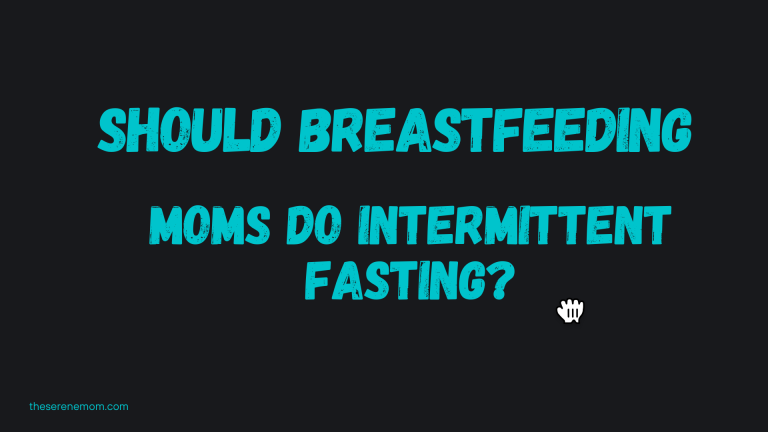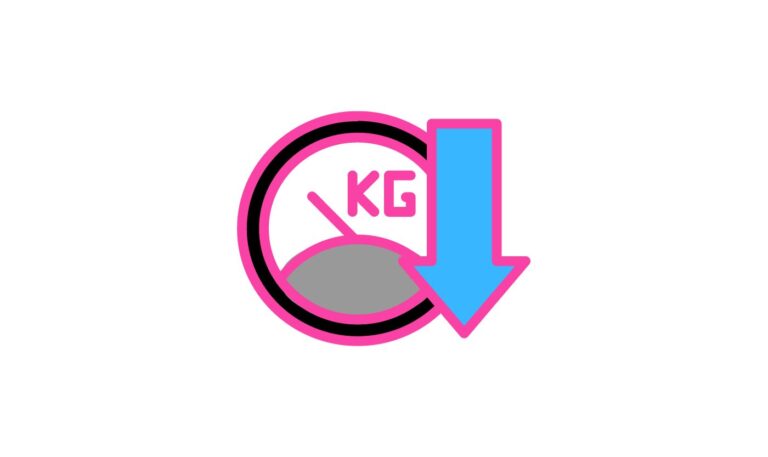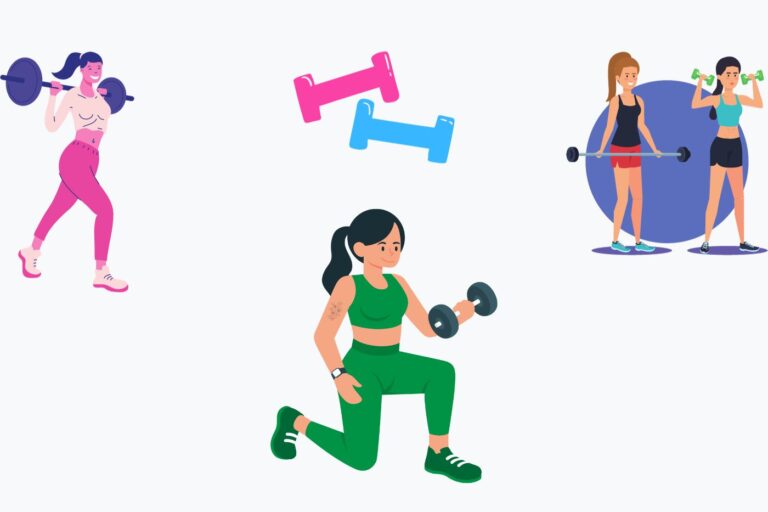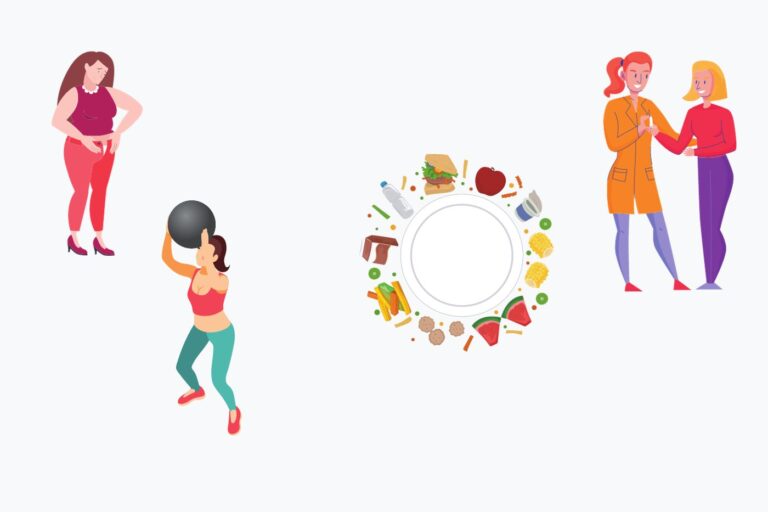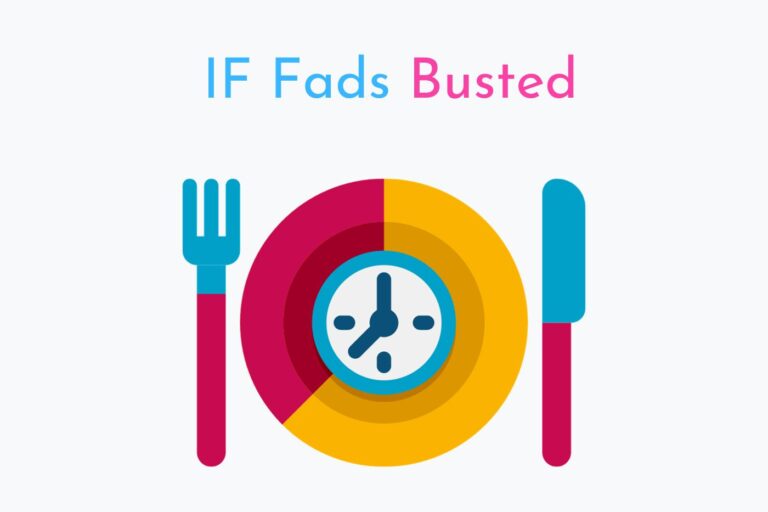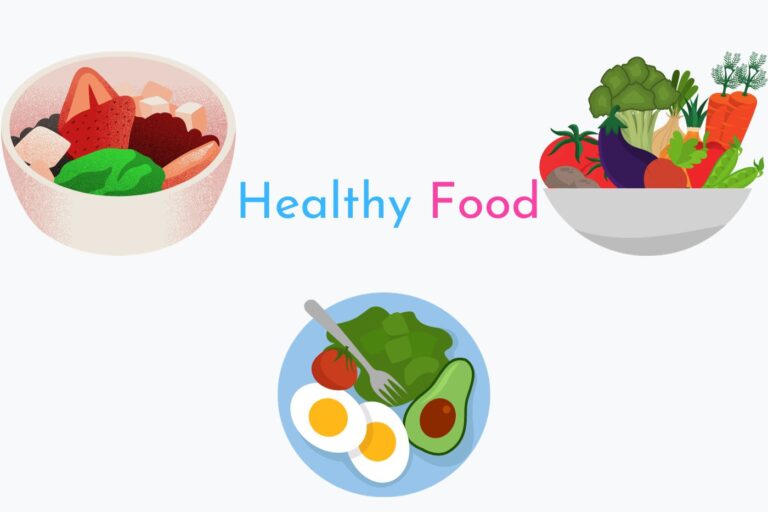How to Break Your Fast: Best Foods and Tips
The first few weeks into intermittent fasting are tough. Sometimes, you are counting every minute to your refeeding window.
And you can’t wait to hit your hours and savor your delicious meal.
But did you know, how you break your fast determines whether you will enjoy the benefits of intermittent fasting or not?
You don’t have to double guess the best foods, when, and how to properly break your fast as this guide provides all the information you need.
Why Is It Important to Break Your Fast Properly?
Before we look at the importance of breaking your fast properly, you need to understand why you were fasting.
Popular fasting goals include:
- To reverse type 2 diabetes
- To reverse insulin resistance
- For weight loss
- Repair gut health
- General health benefits
To achieve these goals, you need to break your fast correctly. Here are the reasons to break your fasting right.
1. Nutrient Absorption and Replenishment
After fasting, your body is in a state of increased nutrient absorption. Breaking your fast with nutrient-dense foods provides your body with the essential nutrients to replenish energy stores and support various bodily functions.
For example, if your goal was to repair the gut, refeeding with fermented foods would be a great option as these foods repopulate good bacteria in your digestive tract.
2. Prevent Digestive Distress
Abruptly reintroducing food into your system after a long fast can shock your digestive system, leading to discomfort such as bloating, gas, or even diarrhea.
Breaking your fast gradually with easily digestible foods helps your digestive system transition smoothly back into active mode.
3. Maintain Stable Blood Sugar Levels
Choosing the right foods to break your fast can help prevent blood sugar spikes and crashes, which can lead to fatigue, irritability, and even cravings for unhealthy foods.
Nutrient-rich, low-sugar options promote stable blood sugar levels and sustained energy.
Even if you’re doing short fasts, like 16:8 or 18:6 going for Low-Carb, High-Fat (LCHF) diet is always the best option.
4. Support Weight Management Goals
Breaking your fast with a balanced and filling meal can help you feel satisfied and reduce the likelihood of overeating later in the day.
This can contribute to your weight loss or weight management goals.
When you break your fast with processed foods, sugar, or simple carbohydrates, your body will eat to compensate what it was denied. Ultimately, your fasting efforts will not pay off.
5. Optimize Overall Well-being
Breaking your fast properly ensures your body receives the necessary nutrients to function optimally, supporting physical and mental health.
Nutrient-dense choices can boost energy levels, improve focus, and enhance overall well-being.
6. Maintain Autophagy
If your goal is healing, repair, and restoration, continuing with autophagy is important. Introducing high-fat foods such as avocado, will maintain autophagy for a few more hours.
Best Foods to Break your Fast
Here’s a guide to the best foods to break your fast, depending on your health goals.
1. Healthy Oils – avocado
On top of my list is coconut oil and Avocado. Rich in monounsaturated fats, avocados help maintain autophagy, a cellular cleansing process that promotes healing and repair.
They also provide satiety, keeping you feeling full and satisfied.
After a long fast, 24 hours +, take your healthy avocado and wait for atleast 30 minutes before introducing the other meals.
2. Fermented Foods – Dairy and Vegetables
Fermented foods are great sources of probiotics (healthy bacteria that line your digestive tract).
By taking the probiotics, you’re restoring the good bacteria to ensure better digestion and absorption of nutrients as well as gut repair and healing.
Excellent examples include:
- Plain yoghurt with live culture
- Kefir
- Sauerkraut (fermented cabbage)
3. Steamed Vegetables
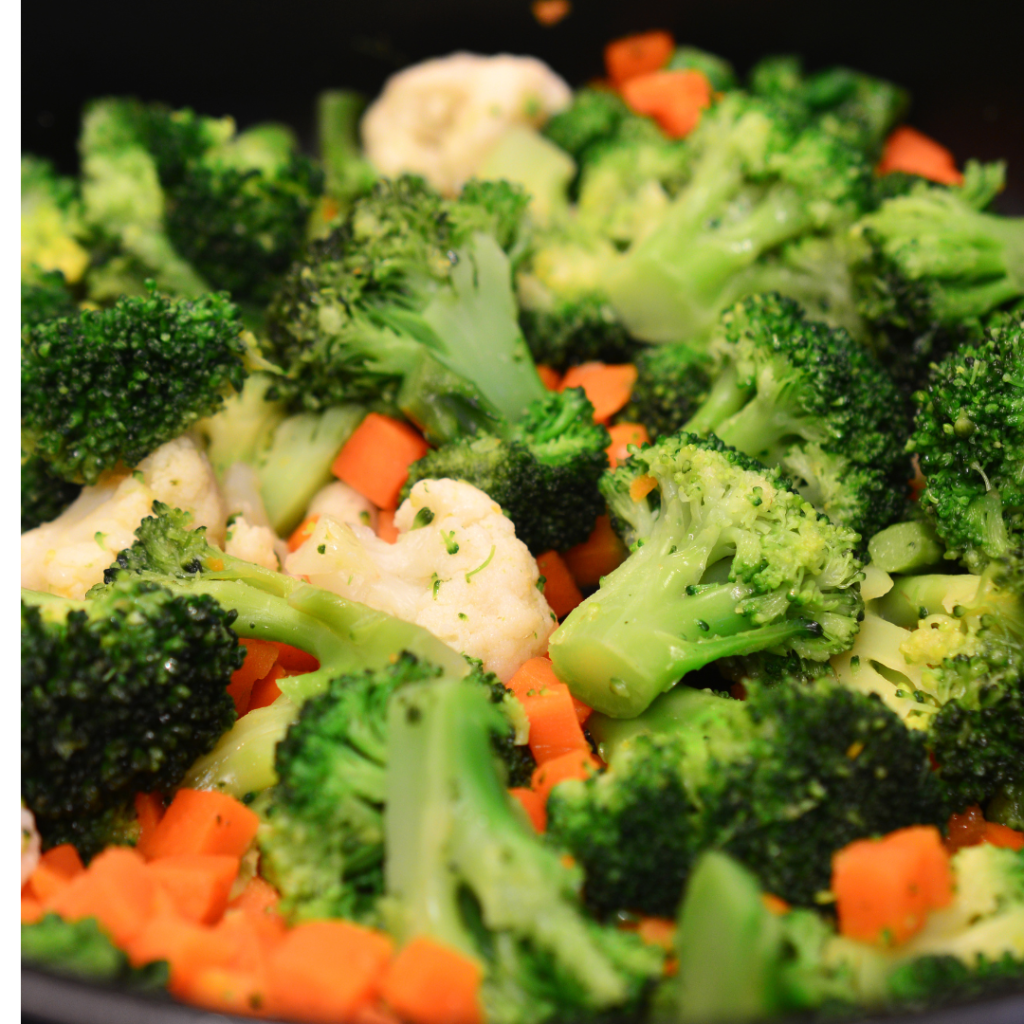
Now that you’ve repopulated your healthy gut bacteria with fermented foods, it’s time to provide nutrients for them. The best options are
- Broccoli
- Cauliflower
- Carrots
- Bell Peppers
- Cabbages
- Spinach
These steamed vegetables provide essential nutrients and fiber that nourish your body and support gut health.
4. Vegetable Soup
Homemade vegetable broth is a gentle and hydrating way to reintroduce food into your system. It provides electrolytes, vitamins, and minerals that support your body’s recovery.
You can add vegetables of your choice such as butternut squash, broccoli, and tomato soup. You only need to be creative and come up with something delicious.
5. Bone Broth
Homemade bone broth made from simmering bones and vegetables (optional). For me, I boil my bones for about 6 to 8 hours under low heat and then blend.
These nutrient-rich liquid promotes gut healing, reduces inflammation, and supports joint health.
Since bone broth has proteins, they form excellent building blocks for restoring your health. Compared to other protein sources, they not as hard to digest and therefore won’t strain your digestive system.
6. Animal Proteins:
Once your body has adjusted to reintroducing food, animal proteins provide essential amino acids for muscle repair and tissue growth.
Great examples are:
- Eggs
- Lamb,
- Fish,
- Beef
- Chicken
Choose fatty meats and if it’s chicken, choose free range and eat even the skin. Fatty meats are more satiating and prevent cravings.
7. Complex Carbohydrates
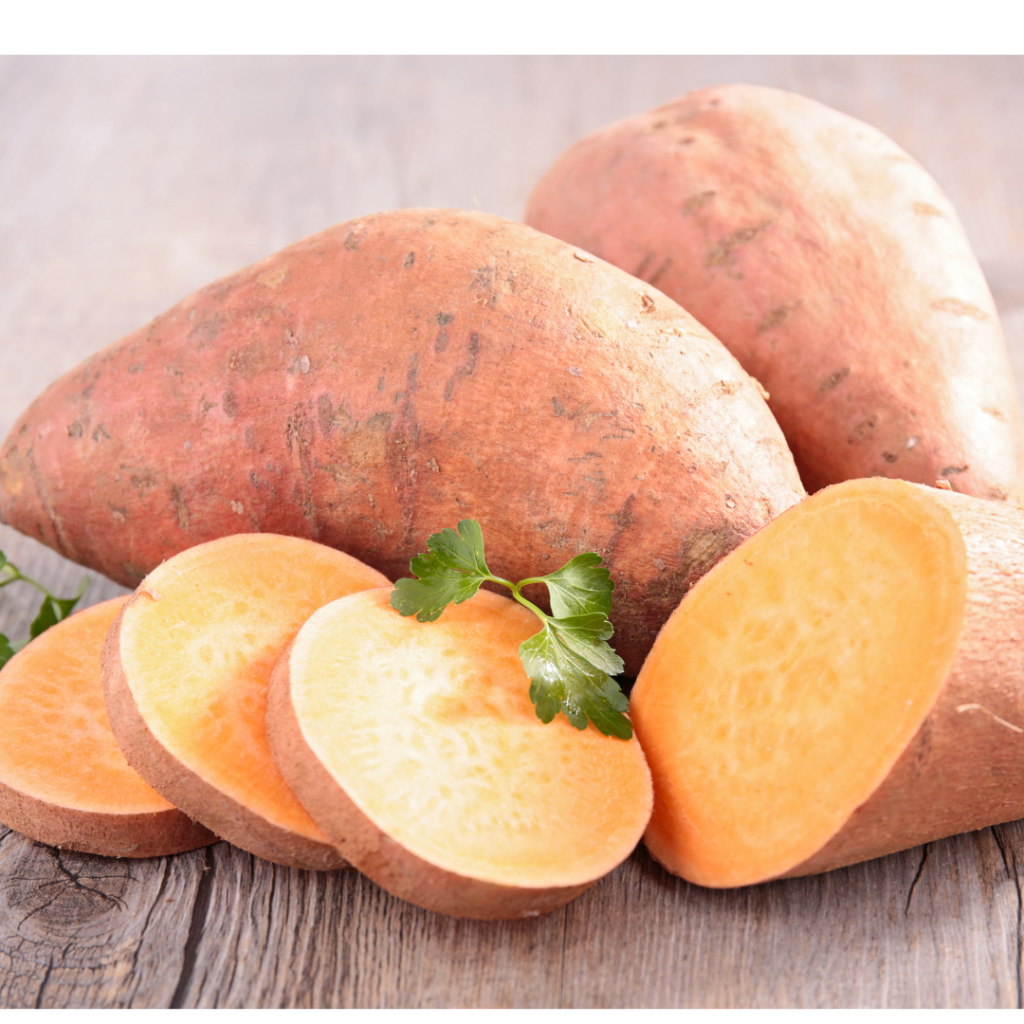
It’s best to go low or zero on carbohydrates.
In my experience of breaking the fast, if I have eaten enough healthy fats, vegetables and proteins, I hardly have space for carbohydrates. But if I have to eat a carbohydrate, I would go for the complex ones such as
- Beans
- Sweet potatoes
- Green bananas
- Pumpkin
- Butternut
- Arrowroots
They are good sources of prebiotics (contain non-digestible fibers that nourish the heathy gut bacteria). Without the proper gut bacteria, our digestive system cannot break down these foods.
Break your Fast Gently and Safely – Excellent Tips and Strategies

Here are a few tips that have helped me transition to refeeding smoothly.
1. Prioritize Nutrient-Dense Foods
Nourish your body with nutrient-rich foods that provide essential vitamins, minerals, protein, fiber, and healthy fats.
Focus on whole, unprocessed options such as steamed vegetables, fatty proteins, and healthy fats like avocados, nuts, and seeds.
Avoid simple carbohydrates, modern wheat products, and soft drinks.
Do not eat and drink at the same time. For example, take your bone broth 30 minutes before your meal.
If you have to take water, do so 90 minutes after your food. Drinking and eating dilutes the stomach acid, compromising digestion, especially proteins.
Pro tip: Proper hydration should happen while fasting as water does not break your fast. You can add pink Himalayan salt to maintain the electrolytes’ balance and prevent muscle crampiness, headaches, and weakness.
2. Start Slowly and Gradually Increase Intake
Avoid overwhelming your digestive system with a large meal immediately after your fast.
Begin with small, easily digestible foods like yogurt, kefir, steamed vegetables, bone broth, or a light vegetable salad.
Gradually increase your food intake over several hours, listening to your body’s cues for hunger and fullness.
3. Practice Mindful Eating:
Engage in mindful eating techniques to enhance your refeeding experience and prevent overeating.
Savor the flavors and textures of your food, chew thoroughly, and avoid distractions like television, computers, or smartphones while eating.
Pay attention to your body’s signals and stop eating when you feel comfortably full.
4. Pre-Plan Your Meals
Plan your meals in advance to avoid making impulsive decisions when you break your fast. Knowing exactly what you’ll eat can help you make healthier choices and avoid reaching for processed or unhealthy options.
If possible, prepare your meals beforehand to streamline the refeeding process and make it easier to stick to your plan.
5. Listen to your Body
Every individual experiences fasting and refeeding differently. Be mindful of your body’s unique needs and adjust your refeeding plan accordingly.
If you experience any discomfort, such as bloating, gas, or stomach upset, modify your food choices to suit your tolerance levels.
Frequently Asked Questions
What are the worst foods to break a fast?
The worst foods to break your fast are foods with high sugar content, such as simple carbohydrates, bananas, watermelon, apples, wheat products, and processed foods.
These foods cause a high spike in your insulin and will most likely cause you overeat, get cravings, mood swings, and low energy.
What are the best foods to break a 24-hour fast?
The best foods to break a 24-hour fast, 18:6 fast, or 16:8 fast are low-carb, high-fat (LCHF) diet. Something like vegetable salad, bone broth, steamed vegetables, eggs, meats, fish, and avocado.
What are the best foods for breaking longer fasts?
The best foods for breaking longer fasts are fermented foods such as plain yoghurt, with live culture, and fermented cabbage. Gradually you can introduce steamed vegetables, healthy fats, and animal proteins.


